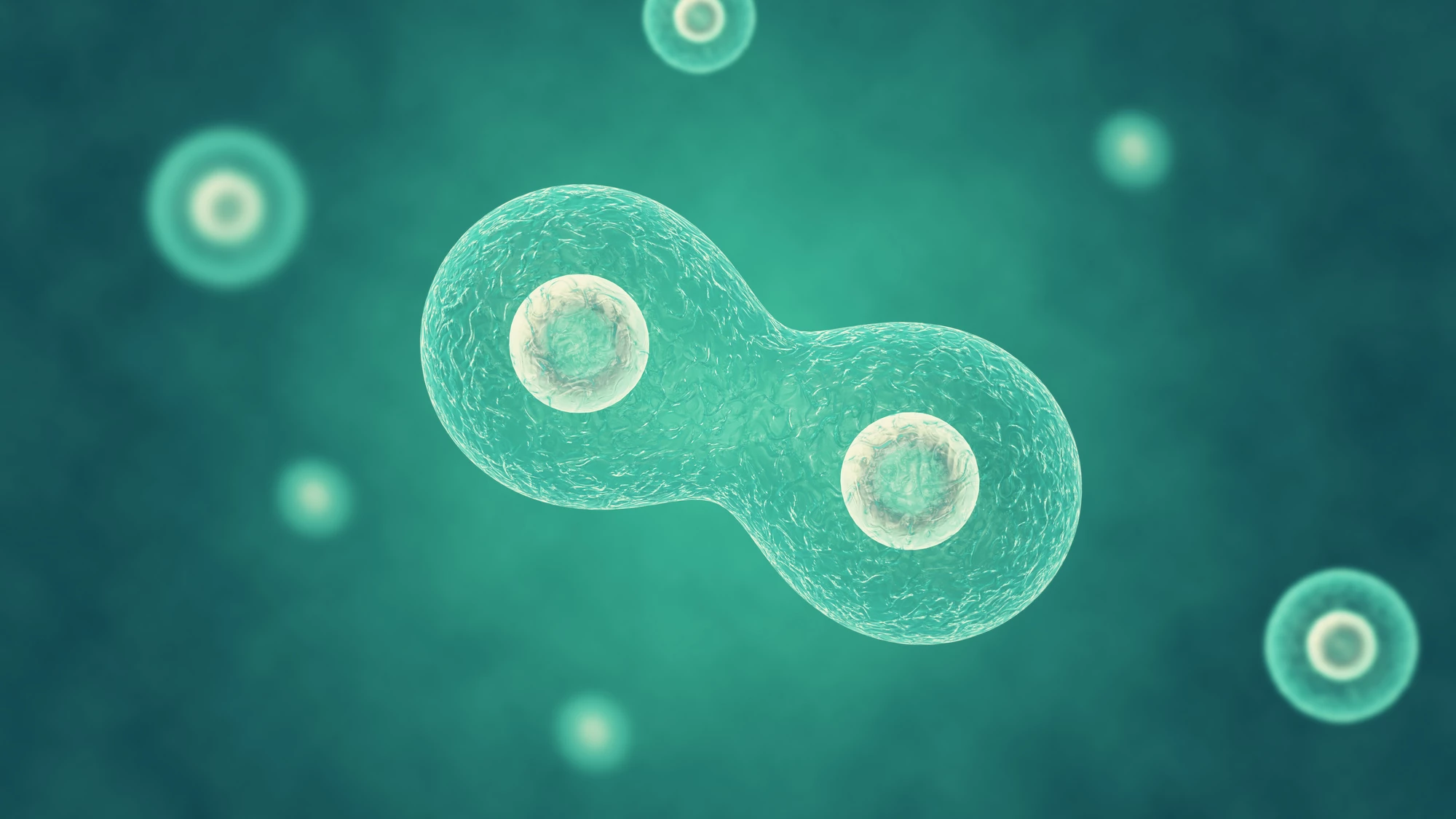For the first time, a team of scientists has created a synthetic single-celled organism that can divide and grow like a regular living cell. This breakthrough could lead to designer cells that can produce useful chemicals on demand or treat disease from inside the body.
This new study, by scientists from the J. Craig Venter Institute (JCVI), the National Institute of Standards and Technology (NIST) and MIT, builds on over a decade’s work in creating synthetic lifeforms. In 2010 a JCVI team created the world’s first cell with a synthetic genome, which they dubbed JCVI-syn1.0.
In 2016, the researchers followed that up with JCVI-syn3.0, a version where the goal was to make the organism as simple as possible. With only 473 genes, it was the simplest living cell ever known – by comparison, an E. coli bacterium has well over 4,000 genes. But perhaps it was too simple, because the cells weren’t all that effective at dividing. Rather than uniform shapes and sizes, some of them would form filaments and others wouldn’t fully separate.
So, for this newest version, named JCVI-syn3A, the team added 19 genes back into the cell, including seven that are required for regular cell division. And sure enough, the new variant was able to divide properly into uniform orbs.

The project can help scientists better understand the process of cell division, and joins a few other breakthroughs in synthetic and semi-synthetic organisms in recent years. In 2012 a team produced the first synthetic cell membrane. In 2017 scientists engineered extra DNA “letters” into the genetic code of a semisynthetic organism – and a few months later it produced an entirely novel protein.
In the longer run this kind of work could be a major step towards being able to engineer synthetic cells that perform specific tasks on demand. They could be used to make chemicals for food or fuels, and even act like tiny drug factories inside the body to treat diseases.
But there’s still more work to be done first, the team says. After all, of the seven cell-division-involved genes used in the organism, the team only knows what two of them actually do. Investigating the other five are the next steps.
The research was published in the journal Cell.
Source: NIST




